
Imagine having a beautiful garden filled with lush plants and vibrant flowers, all perfectly arranged in various containers. From small balconies to spacious patios, container gardening allows you to enjoy the beauty of nature no matter how limited your space may be. In this comprehensive guide, you will discover everything you need to know about container gardening – from choosing the right containers and soil, to selecting the perfect plants and providing them with proper care. Get ready to transform your outdoor space into a captivating oasis with the ultimate guide to container gardening.
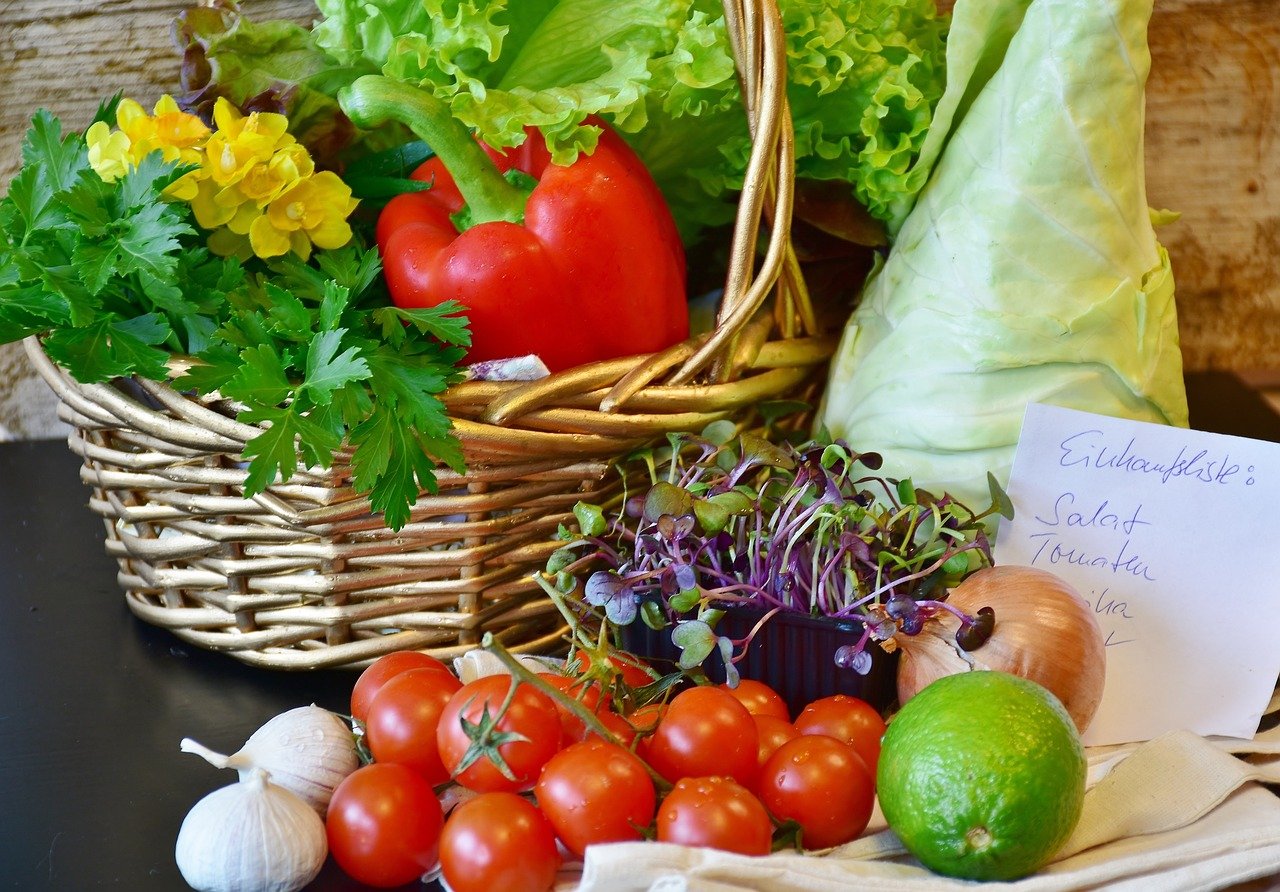
Choosing the Right Containers
Size
When it comes to container gardening, size matters! The size of your container directly affects the growth and health of your plants. As a general rule of thumb, choose containers that are large enough to accommodate the root systems of your plants. This will ensure that your plants have enough room to grow and thrive. Keep in mind that smaller containers may require more frequent watering, as they tend to dry out faster than larger ones.
Material
Containers come in a variety of materials, each with its own advantages and disadvantages. Clay pots are a popular choice for their natural look, but they can dry out quickly. Plastic containers, on the other hand, are lightweight and retain moisture better, making them ideal for those who are frequently on the go. If you’re looking for a more durable option, consider investing in fiberglass or metal containers. Ultimately, the material you choose should be based on your specific needs and preferences.
Drainage
Proper drainage is essential for the success of your container garden. Without adequate drainage, excess water can accumulate in the bottom of the container, leading to root rot and other plant diseases. Ensure that your containers have drainage holes at the bottom to allow excess water to escape. If your container doesn’t have drainage holes, you can create them yourself by using a drill or hammer and nail. Additionally, consider using a drainage layer at the bottom of your container, such as pebbles or broken pottery, to facilitate water flow.
Selecting the Right Soil
Soil Mixtures
Choosing the right soil mixture is crucial for the health and growth of your container plants. A good soil mixture should be well-draining while still retaining enough moisture for the plants. You can create your own soil mixture by combining equal parts of potting soil, perlite, and compost. Potting soil provides the necessary nutrients, perlite improves drainage, and compost adds organic matter. This mixture will ensure that your plants receive the right balance of air, water, and nutrients.
Fertilizers
To keep your plants thriving, it’s important to provide them with the nutrients they need. Fertilizers can help replenish the nutrients in the soil and promote healthy growth. There are two main types of fertilizers: liquid and granular. Liquid fertilizers are diluted in water and applied directly to the plants, while granular fertilizers are sprinkled on the soil surface and watered in. Choose a fertilizer that is specifically formulated for container plants and follow the instructions on the packaging for best results.
Organic Options
If you prefer to go the organic route, there are plenty of options available for fertilizing your container garden. You can use compost or compost tea to enrich the soil with organic matter and nutrients. Another option is to use organic fertilizers such as fish emulsion or seaweed extract, which provide a natural source of nutrients. These organic options not only promote the health of your plants but also help to maintain the overall balance of the ecosystem.
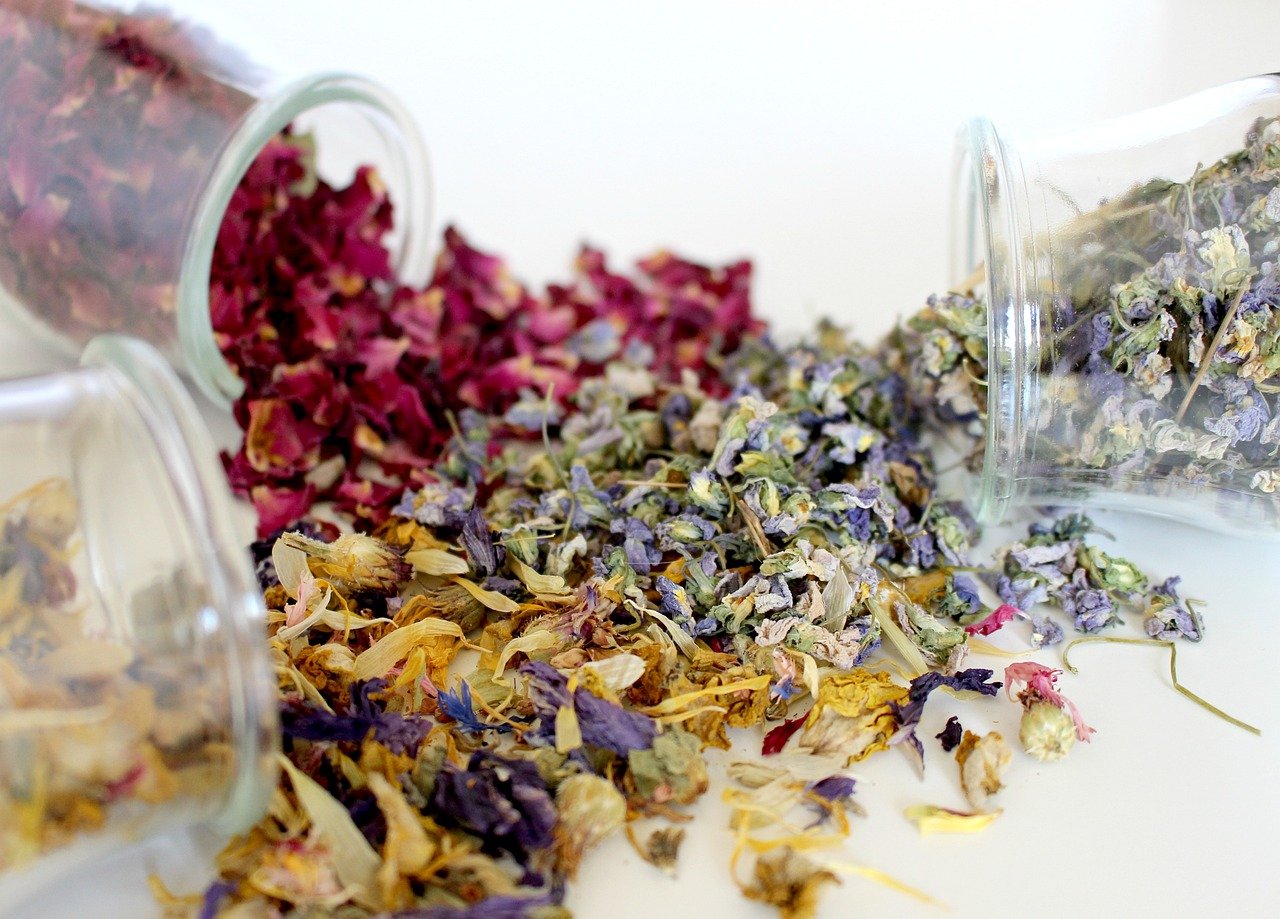
Picking the Perfect Plants
Flowers
When it comes to choosing flowers for your container garden, the possibilities are endless. Consider the size of your containers, the amount of sunlight they receive, and your personal preferences when selecting flower varieties. Some popular flowers for containers include petunias, geraniums, marigolds, and begonias. These flowers come in a wide range of colors and can add a pop of color and beauty to any space. Remember to choose flowers that are suitable for your climate and the specific conditions of your container garden.
Vegetables
Growing vegetables in containers can be a rewarding experience, especially if you’re short on space. Many vegetable varieties are well-suited for container gardening, such as tomatoes, peppers, lettuce, and herbs like basil and parsley. When choosing vegetable plants, consider their space requirements and the amount of sunlight they need. It’s also important to provide support for vining vegetables like tomatoes, as they tend to grow upwards and may require stakes or trellises to keep them upright.
Herbs
Herbs are another great option for container gardening, as they are easy to grow and can add flavor to your culinary creations. Popular herbs for containers include basil, rosemary, mint, and thyme. These herbs can be harvested as needed and will continue to grow throughout the season. When selecting herbs for your container garden, consider their individual care requirements and the amount of sunlight they need. Many herbs thrive in sunny spots and can be a beautiful and functional addition to your garden.
Care and Maintenance
Watering
Proper watering is essential for the health and vitality of your container plants. The frequency of watering will depend on factors such as the size of your containers, the type of plants you’re growing, and the weather conditions. As a general rule, water your containers when the top inch of soil feels dry to the touch. Be sure to water thoroughly to ensure that the water reaches the roots. Avoid overwatering, as this can lead to root rot. Mulching the soil surface can help retain moisture and reduce the frequency of watering.
Sunlight Requirements
Most plants require a certain amount of sunlight to grow and thrive. When positioning your containers, consider the sunlight requirements of your plants. Some plants, like succulents and cacti, thrive in full sun and require at least six hours of direct sunlight per day. Others, such as ferns and hostas, prefer shaded or partially shaded areas. Observe the sunlight patterns in your space and choose plants that are suited to the available light conditions.
Pruning and Deadheading
Regular pruning and deadheading are important tasks to keep your container garden looking its best. Pruning involves removing dead or damaged branches and leaves to promote new growth and maintain the shape of your plants. Deadheading, on the other hand, involves removing spent flowers to encourage the production of new blooms. Both practices help to improve the appearance of your plants and prevent the spread of pests and diseases. Use clean, sharp pruning shears and follow the specific pruning instructions for each plant.
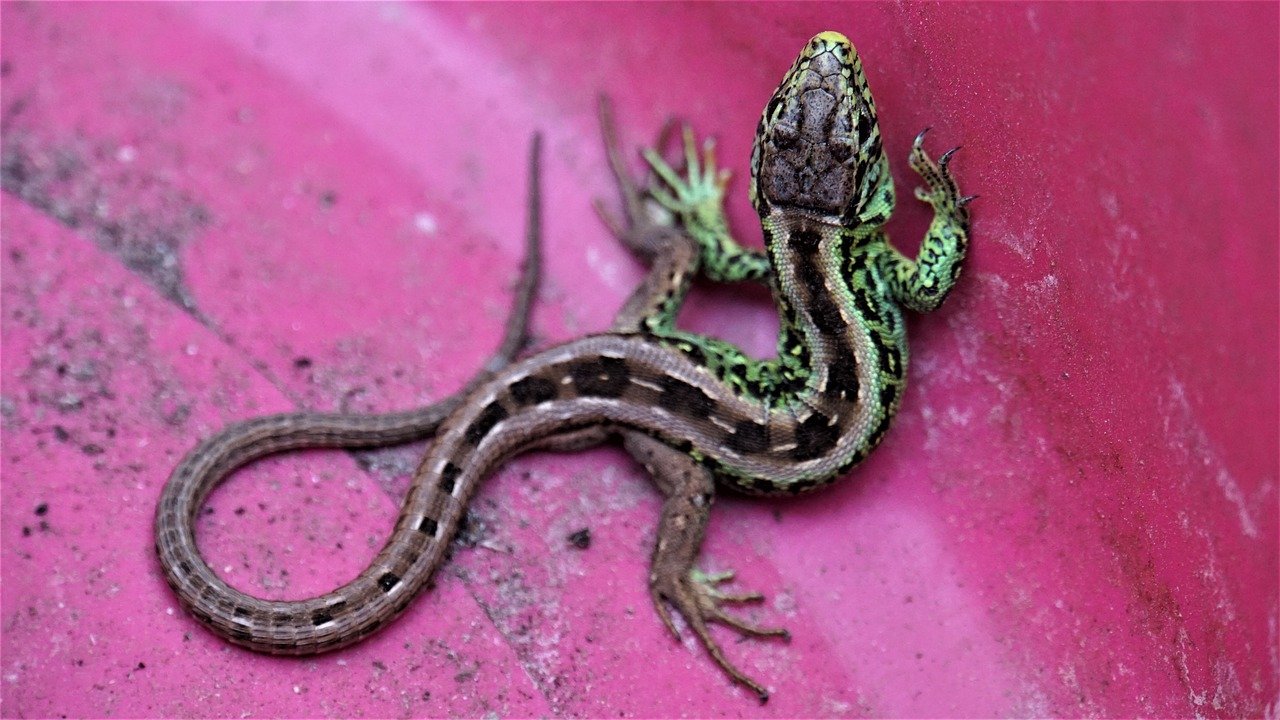
Pest and Disease Control
Common Pests
Just like plants in traditional gardens, container plants are also susceptible to pests. Some common pests that can affect container plants include aphids, mealybugs, spider mites, and whiteflies. These pests can damage the leaves, flowers, and stems of your plants, and if left untreated, they can spread to other plants in your garden. Regular monitoring is key to early detection and prevention of pests. Identify the pests you encounter and take appropriate measures to control their population.
Natural Remedies
If you prefer to take a natural approach to pest control, there are several remedies you can use to combat common pests. For instance, spraying a mixture of water and dish soap can help suffocate and deter soft-bodied pests like aphids and mealybugs. Neem oil is another effective natural remedy, as it acts as both an insect repellent and a fungicide. Additionally, introducing beneficial insects like ladybugs and lacewings can help keep pest populations in check, as they feed on common garden pests.
Preventive Measures
Prevention is always better than cure when it comes to pest and disease control. Taking proactive measures to prevent pests from infesting your container garden is essential for its long-term health. Clean your containers thoroughly before planting to remove any pests or diseases that may be lurking. Avoid overwatering, as this can create a favorable environment for pests and diseases to thrive. Additionally, practicing crop rotation and maintaining good garden hygiene can help prevent the buildup of pests and diseases.
Seasonal Considerations
Spring Container Gardening
Spring is a great time to start a container garden, as the weather begins to warm up and plants come out of dormancy. When planning your spring container garden, choose cool-season plants that enjoy moderate temperatures, such as pansies, snapdragons, and lettuce. Consider using colorful annuals and early-blooming bulbs to add a burst of color to your garden. Keep an eye on the weather and protect your plants from late frosts by covering them with fabric or bringing them indoors overnight.
Summer Container Gardening
Summer is the peak of container gardening season, as many plants thrive in the warm temperatures and longer days. When selecting plants for your summer containers, choose heat-tolerant varieties that can withstand the scorching sun. Some popular choices include petunias, geraniums, zinnias, and tomatoes. Remember to water your containers regularly, as the hot weather can quickly dry out the soil. Provide shade for delicate plants and be mindful of extreme heatwaves that can stress your plants.
Fall Container Gardening
Fall container gardening offers the opportunity to extend your gardening season and enjoy the vibrant colors of autumn. Pansies, mums, and ornamental cabbages are popular choices for fall containers, as they can withstand cooler temperatures and add a touch of seasonal charm. Consider incorporating foliage plants with interesting textures and hues to create a visually appealing display. Fall containers also provide an opportunity to plant bulbs, such as tulips and daffodils, for an early burst of color in the following spring.
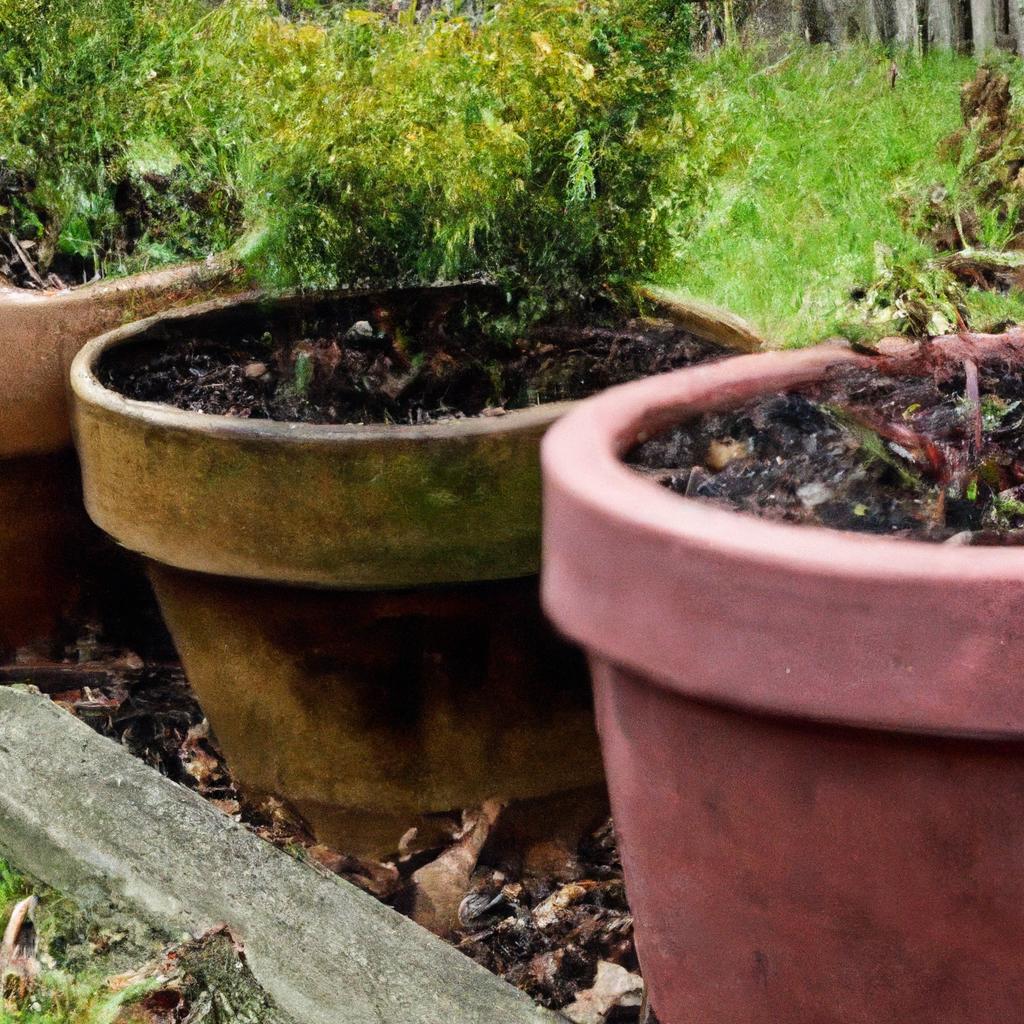
Creative Ideas for Container Arrangements
Color Combinations
Choosing the right color combinations for your container arrangements can significantly enhance the visual appeal of your garden. Consider using complementary colors, such as purple and yellow or red and green, to create a striking contrast. If you prefer a more harmonious look, opt for analogous colors, such as various shades of pink or blue. Don’t be afraid to experiment with different color combinations and let your creativity shine!
Texture and Height
Incorporating plants with varying textures and heights can add depth and interest to your container arrangements. Combine plants with different leaf shapes and sizes to create a visually appealing contrast. Mix trailing plants, such as vinca vines or trailing petunias, with upright plants like geraniums or salvias to create a balanced and dynamic display. Consider using tall plants as focal points and fill in the surrounding space with cascading or mounding plants for a lush and layered look.
Vertical Gardening
Container gardening doesn’t have to be limited to horizontal spaces – you can also take advantage of vertical space to create a stunning display. Vertical gardening allows you to maximize your growing area and create a focal point in your outdoor space. Consider using trellises, hanging baskets, or wall-mounted planters to grow vining plants like cucumbers, morning glories, or climbing roses. This can transform a blank wall or fence into a living work of art.
Container Gardening in Small Spaces
Optimizing Vertical Space
If you have a small outdoor space, maximizing vertical space is crucial for successful container gardening. Consider using tiered plant stands or hanging planters to take advantage of vertical real estate. This will allow you to grow more plants without taking up valuable floor space. Additionally, consider using wall-mounted planters or creating a vertical garden on a trellis or fence. This not only saves space but also creates a visually stunning and unique display.
Growing in Windowsills
Windowsills can serve as perfect spots for container gardening, especially for those living in apartments or urban areas. Choose compact plants that don’t require a lot of space, such as herbs or small flowering plants. Ensure that your windowsill receives adequate sunlight for the plants you choose. You can also consider using window boxes or hanging planters to maximize the available space and create a beautiful outdoor view.
Utilizing Balconies
If you have a balcony, you have a great opportunity to create a thriving container garden. Balconies often receive ample sunlight and can accommodate a variety of container sizes. Use railing planters to grow trailing plants or create a privacy screen with a combination of tall and bushy plants. Consider using vertical planters or shelving units to maximize your growing space. Don’t forget to check if there are any specific regulations or restrictions for balcony gardening in your building.
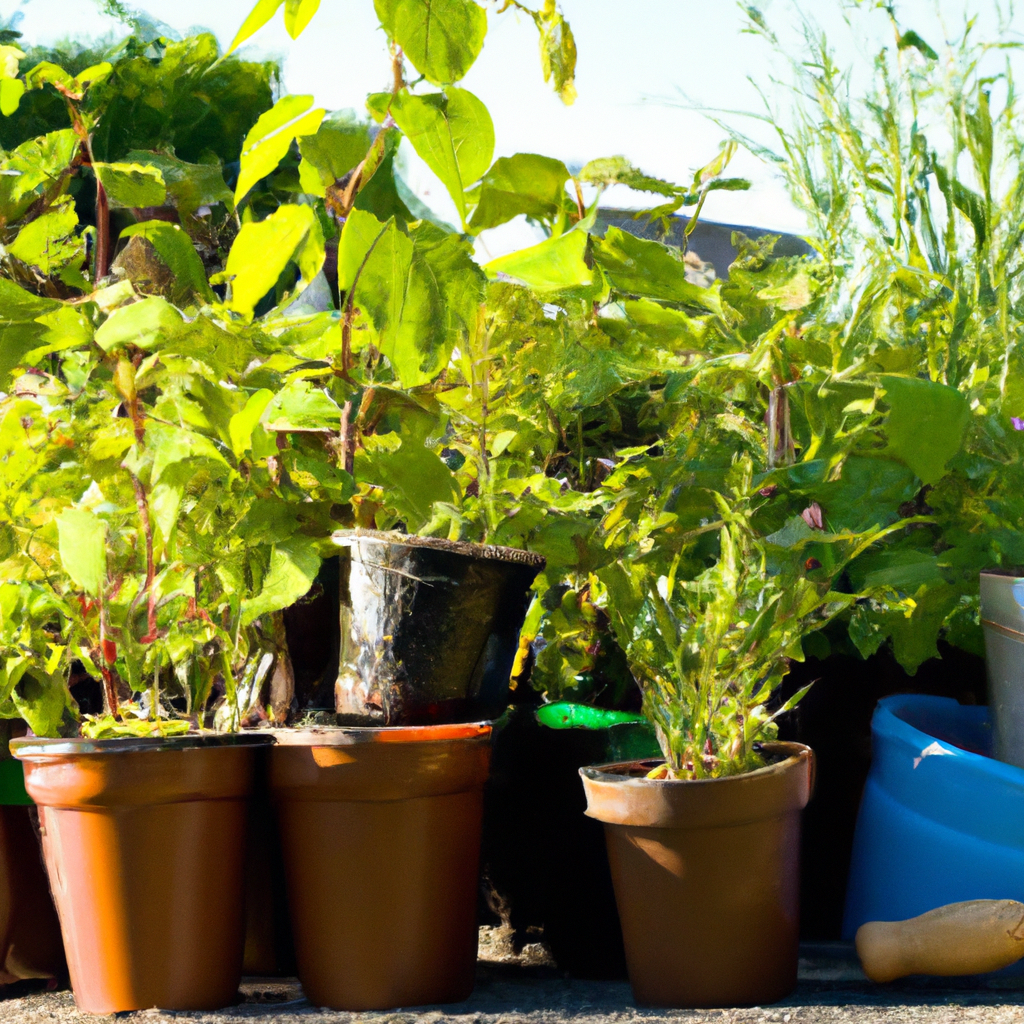
Tips for Successful Container Gardening
Choosing the Right Location
When choosing a location for your container garden, consider the specific needs of your plants. Choose a spot that receives the appropriate amount of sunlight for the plants you’re growing. If you’re growing shade-loving plants, place your containers in a shaded area or use shade cloths to protect them from excessive sun. Additionally, consider the microclimate of your space – some areas may be hotter or windier than others, which can affect plant growth. Taking these factors into account will help you create an optimal environment for your plants.
Understanding Plant Needs
Different plants have different needs when it comes to water, sunlight, and temperature. Before you start container gardening, take the time to research the specific requirements of the plants you want to grow. Some plants prefer well-drained soil, while others thrive in moisture-retentive soil. Similarly, some plants require full sun, while others prefer partial shade. Understanding the needs of your plants will help you provide the right care and create a sustainable container garden.
Regular Monitoring and Adjustments
Container gardening requires regular monitoring and adjustments to ensure the health and success of your plants. Keep an eye on your plants for any signs of distress, such as yellowing leaves, wilting, or pest infestations. Adjust your watering schedule based on the moisture needs of your plants and the weather conditions. Consider using a moisture meter or sticking your finger into the soil to gauge moisture levels. Regularly inspect your containers for any drainage issues and make necessary adjustments. By staying vigilant and proactive, you can nip potential problems in the bud and enjoy a thriving container garden.
Common Mistakes to Avoid
Overwatering
One of the most common mistakes in container gardening is overwatering. While it’s important to keep your plants hydrated, too much water can drown the roots and lead to root rot. Avoid the temptation to water your plants excessively, especially if your containers have good drainage. Instead, follow the “finger test” and water your plants only when the top inch of soil feels dry to the touch. Adjust your watering schedule based on the needs of your plants and the weather conditions.
Underplanting
Underplanting, or not using enough plants in your containers, can result in a sparse and less vibrant display. When creating container arrangements, consider the size of your containers and the desired aesthetic. Fill your containers with a variety of plants that complement each other in terms of color, texture, and growth habit. Don’t be afraid to mix and match different plants to create a lush and full container garden.
Using the Wrong Containers
Using the wrong containers can hinder the growth and health of your plants. Avoid using containers that are too small for the root systems of your plants, as they can become root-bound and stunt their growth. Additionally, containers without drainage holes can lead to waterlogged soil and root rot. Choose containers that are appropriate for the size of your plants and provide adequate drainage. If necessary, drill or create drainage holes in containers that don’t have them.
Container gardening is a rewarding and versatile way to indulge in your love for plants, regardless of your available space. By choosing the right containers, soil, plants, and applying proper care and maintenance, you can create a beautiful and thriving container garden. Avoid common pitfalls and follow these tips and guidelines to enjoy a successful container gardening experience. So go ahead, grab your gardening gloves and embark on the journey of container gardening – your plants will thank you!





